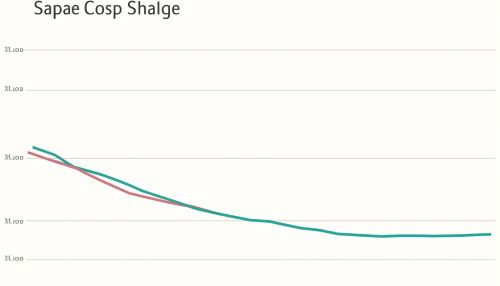Static typing
Overview
Static typing is a property of a programming language, which requires type checking to be performed during compile-time as opposed to run-time. In a statically typed language, variables are bound to a specific data type, and this binding is checked at compile time. This is in contrast to dynamically typed languages, where type checking is performed at run-time. Static typing is a fundamental concept in computer science, particularly in the field of programming language theory.


History
The concept of static typing dates back to the early days of programming languages. The first statically typed language was Fortran, developed by IBM in the 1950s. Since then, many other statically typed languages have been developed, including C, C++, Java, and Rust. The development of these languages has been influenced by the need for greater efficiency and reliability in software development.
Principles
Static typing is based on the principle that the type of a variable is known at compile time. This means that the compiler can detect type errors before the program is run, which can help to prevent runtime errors. In a statically typed language, the type of a variable is declared when the variable is defined, and it cannot be changed later. This is in contrast to dynamically typed languages, where the type of a variable can change during the execution of the program.


Advantages
There are several advantages to using statically typed languages. One of the main advantages is that they can catch type errors at compile time, which can help to prevent runtime errors. This can make the code more reliable and easier to debug. Additionally, statically typed languages can be more efficient because the compiler can make optimizations based on the known types of variables.
Disadvantages
Despite the advantages, there are also some disadvantages to using statically typed languages. One of the main disadvantages is that they can be less flexible than dynamically typed languages. In a statically typed language, the type of a variable is fixed once it is declared, which can limit the ways in which the variable can be used. Additionally, statically typed languages can require more code to be written, as the type of each variable must be explicitly declared.


Static Typing in Different Languages
Different programming languages implement static typing in different ways. For example, in C and C++, variables must be declared with a specific type, and this type cannot be changed. In contrast, in languages like Java and C#, variables can be declared with a specific type, but they can also be declared as objects, which can hold any type of value.


Future of Static Typing
The future of static typing is likely to be influenced by the ongoing development of programming languages and the needs of software developers. There is a trend towards more flexible static typing systems, such as those found in languages like TypeScript and Rust. These languages allow for more flexibility in how types are used, while still providing the benefits of static typing.
